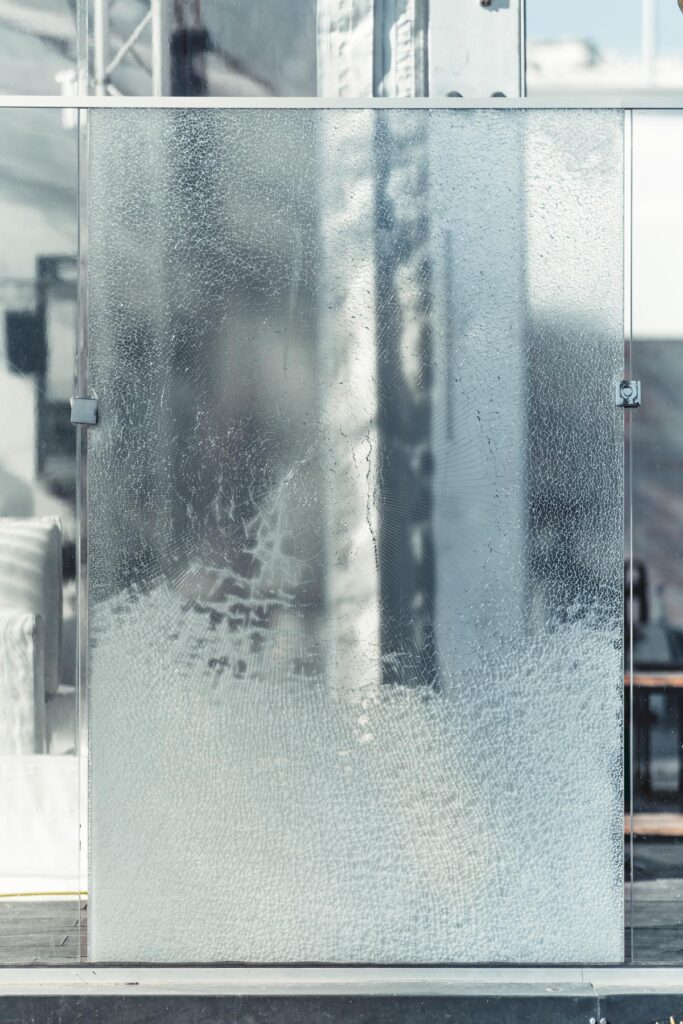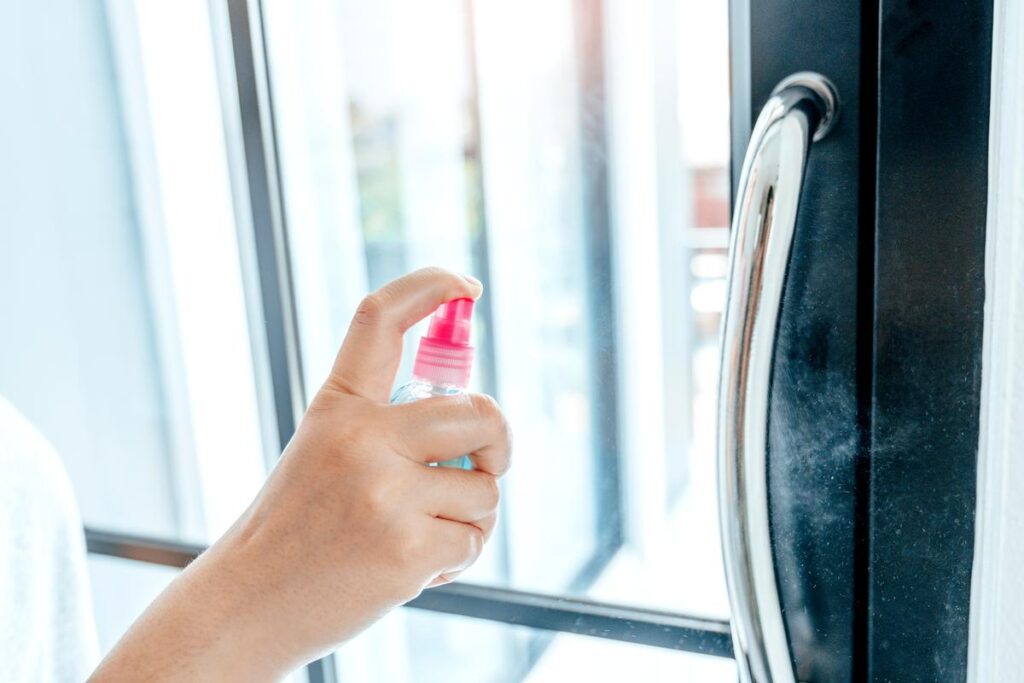Condensation Management refers to techniques and strategies used to control moisture buildup on sliding doors and patio doors, preventing issues such as mold growth and structural damage. These methods often include moisture control measures, such as the use of ventilation channels and thermal breaks.
Effective condensation management for sliding and patio doors provides numerous advantages, enhancing both functionality and longevity. By addressing moisture buildup, you’ll avoid mold growth, improve indoor air quality, and maintain the structural integrity of your doors. This leads to significant cost savings and a healthier living environment.
Prevention of Mold Growth: Proper condensation management eliminates the conditions that allow mold to develop, safeguarding your home from potential health hazards.
Enhanced Durability: By controlling moisture, you reduce the risk of materials deteriorating, which ensures that your doors last longer and perform better.
Energy Efficiency: Reduced condensation means better thermal efficiency, leading to lower energy bills and a more comfortable indoor environment.

Provide the best service to customers
Expert tips for condensation management can help you maintain optimal moisture levels, thus protecting your sliding and patio doors from damage. By following these professional insights, you can ensure the longevity and efficiency of your doors, keeping them in excellent condition year-round. Implementing expert advice can also save you time and money on unnecessary repairs.
Examples of condensation management can provide you with practical inspiration on how to protect your sliding and patio doors effectively. These scenarios illustrate real-life applications and the positive outcomes achieved through proper moisture control measures. Whether preventing mold growth, enhancing energy efficiency, or improving overall durability, you’ll find valuable insights to apply in your own home. Here are some specific scenarios to consider.
Do: Regularly check ventilation channels - it promotes airflow and reduces moisture buildup. Don't: Block ventilation channels - obstructed airflow can lead to increased condensation.
Do: Install thermal breaks - they improve insulation and reduce condensation. Don't: Ignore thermal breaks - poor insulation can cause higher energy costs and moisture issues.
Do: Utilize dehumidification systems - they maintain optimal humidity levels inside your home. Don't: Overlook dehumidification - high humidity levels can cause mold growth and structural damage.


Understanding common mistakes to avoid in condensation management can save you from costly repairs and inefficient door functionality. These errors often arise from overlooked maintenance or incorrect installation practices, leading to increased moisture issues and potential damage. Awareness of these pitfalls can help you implement effective strategies and keep your sliding and patio doors in optimal condition.
Ignoring ventilation channels – results in 50% more moisture buildup leading to mold proliferation.
Using incompatible thermal breaks – improper insulation can raise energy bills by up to 20%.
Failing to regularly clean tracks – can cause door misalignment and operational issues, requiring expensive repairs.

Founder

Technician

Technician
If you have a question that is not listed here – please don hesitate and send us an email!
In conclusion, effective moisture control is crucial for maintaining the integrity and functionality of your sliding and patio doors. By implementing proper condensation management strategies such as ventilation channels, thermal breaks, and dehumidification systems, you can prevent mold growth and enhance energy efficiency. Regular maintenance and addressing common mistakes ensure the longevity of your doors while keeping repair costs at bay. Investing in these measures not only improves the comfort and aesthetics of your living space but also provides significant cost savings over time. For professional help and tailored solutions, contact Sliding Door Medics to keep your doors in optimal condition year-round.
Discover the top 7 mistakes in sliding door alignment and learn expert tips to ensure smooth operation. Avoid costly repairs with our comprehensive guide.
Understand the process of patio door replacement, get informed about the factors affecting its duration such as door type, size, location and expertise required. Learn how to prepare for a smooth and efficient replacement process and aftercare tips.
Find easy steps to fix your sliding patio door in this DIY guide. From examining the door, adjusting rollers, tackling the frame, and tightening your hardware to sealing it properly, get all your queries answered here.

Contact us and schedule your FREE in-house estimation!